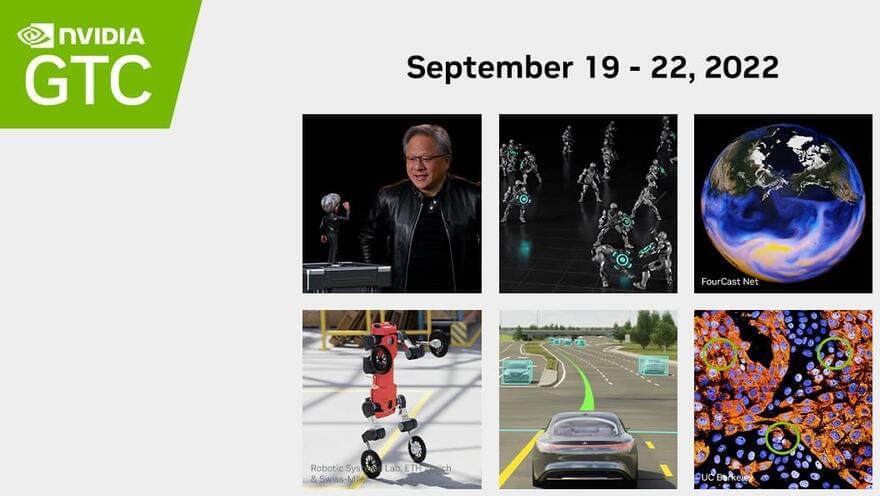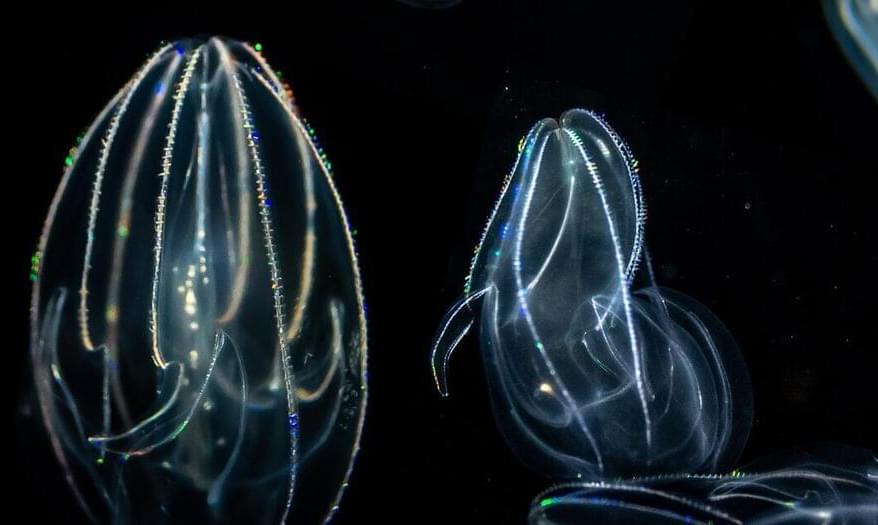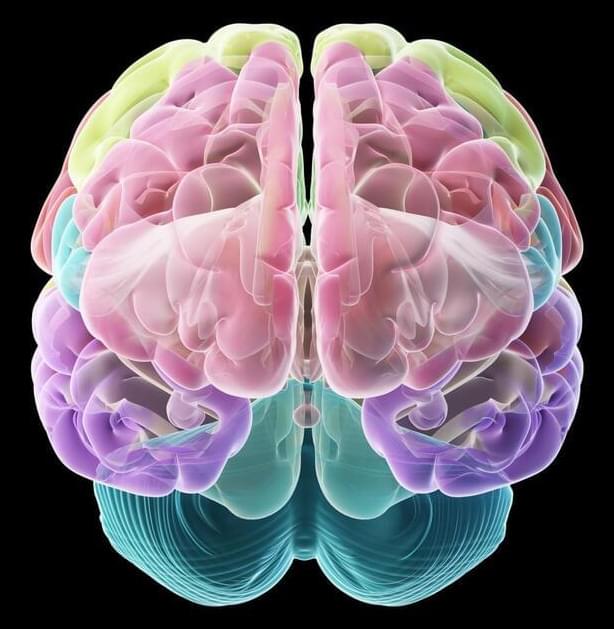Register FREE. Streamed online.




Realistic and complex models of brain cells, developed at Cedars-Sinai with support from our scientists and our #openscience data, could help answer questions a… See more.
Cedars-Sinai investigators have created bio-realistic and complex computer models of individual brain cells—in unparalleled quantity.
Their research, published today in the peer-reviewed journal Cell Reports, details how these models could one day answer questions about neurological disorders—and even human intellect—that aren’t possible to explore through biological experiments.
“These models capture the shape, timing and speed of the electrical signals that neurons fire in order to communicate with each other, which is considered the basis of brain function,” said Costas Anastassiou, PhD, a research scientist in the Department of Neurosurgery at Cedars-Sinai, and senior author of the study. “This lets us replicate brain activity at the single-cell level.”
The models are the first to combine data sets from different types of laboratory experiments to present a complete picture of the electrical, genetic and biological activity of single neurons. The models can be used to test theories that would require dozens of experiments to examine in the lab, Anastassiou said.

In 1903, the Wright brothers invented the first successful airplane. By 1914, just over a decade after its successful test, aircraft would be used in combat in World War I, with capabilities including reconnaissance, bombing and aerial combat. This has been categorized by most historians as a revolution in military affairs. The battlefield, which previously included land and sea, now included the sky, permanently altering the way wars are fought. With the new technology came new strategy, policy, tactics, procedures and formations.
Twenty years ago, unmanned aircraft systems (UASs) were much less prevalent and capable. Today, their threat potential and risk profile have increased significantly. UASs are becoming increasingly more affordable and capable, with improved optics, greater speed, longer range and increased lethality.
The U.S. has long been a proponent of utilizing unmanned aircraft systems, with the MQ-9 Reaper and MQ-1 Predator excelling in combat operations, and smaller squad-based UASs being fielded, such as the RQ-11 Raven and the Switchblade. While the optimization of friendly UAS capability can yield great results on the battlefield, adversarial use of unmanned aircraft systems can be devastating.

Around the same time, neuroscientists developed the first computational models of the primate visual system, using neural networks like AlexNet and its successors. The union looked promising: When monkeys and artificial neural nets were shown the same images, for example, the activity of the real neurons and the artificial neurons showed an intriguing correspondence. Artificial models of hearing and odor detection followed.
But as the field progressed, researchers realized the limitations of supervised training. For instance, in 2017, Leon Gatys, a computer scientist then at the University of Tübingen in Germany, and his colleagues took an image of a Ford Model T, then overlaid a leopard skin pattern across the photo, generating a bizarre but easily recognizable image. A leading artificial neural network correctly classified the original image as a Model T, but considered the modified image a leopard. It had fixated on the texture and had no understanding of the shape of a car (or a leopard, for that matter).
Self-supervised learning strategies are designed to avoid such problems. In this approach, humans don’t label the data. Rather, “the labels come from the data itself,” said Friedemann Zenke, a computational neuroscientist at the Friedrich Miescher Institute for Biomedical Research in Basel, Switzerland. Self-supervised algorithms essentially create gaps in the data and ask the neural network to fill in the blanks. In a so-called large language model, for instance, the training algorithm will show the neural network the first few words of a sentence and ask it to predict the next word. When trained with a massive corpus of text gleaned from the internet, the model appears to learn the syntactic structure of the language, demonstrating impressive linguistic ability — all without external labels or supervision.

In this award-winning AutoML conference paper, Amazon Web Services and ETH Zürich scientists present a new way to decide when to terminate Bayesian optimization… See more.
Bayesian optimization (BO) is a widely popular approach for the hyperparameter optimization (HPO) in machine learning. At its core, BO iteratively evaluates promising configurations until a user-defined budget, such as wall-clock time or number of iterations, is exhausted. While the final performance after tuning heavily depends on the provided budget, it is hard to pre-specify an optimal value in advance. In this work, we propose an effective and intuitive termination criterion for BO that automatically stops the procedure if it is sufficiently close to the global optimum. Our key insight is that the discrepancy between the true objective (predictive performance on test data) and the computable target (validation performance) suggests stopping once the sub-optimality in optimizing the target is dominated by the statistical estimation error. Across an extensive range of real-world HPO problems and baselines, we show that our termination criterion achieves a better trade-off between the test performance and optimization time. Additionally, we find that overfitting may occur in the context of HPO, which is arguably an overlooked problem in the literature, and show how our termination criterion helps to mitigate this phenomenon on both small and large datasets.

Boston Dynamics gets into AI.
SEOUL/CAMBRIDGE, MA, August 12, 2022 – Hyundai Motor Group (the Group) today announced the launch of Boston Dynamics AI Institute (the Institute), with the goal of making fundamental advances in artificial intelligence (AI), robotics and intelligent machines. The Group and Boston Dynamics will make an initial investment of more than $400 million in the new Institute, which will be led by Marc Raibert, founder of Boston Dynamics.
As a research-first organization, the Institute will work on solving the most important and difficult challenges facing the creation of advanced robots. Elite talent across AI, robotics, computing, machine learning and engineering will develop technology for robots and use it to advance their capabilities and usefulness. The Institute’s culture is designed to combine the best features of university research labs with those of corporate development labs while working in four core technical areas: cognitive AI, athletic AI, organic hardware design as well as ethics and policy.
“Our mission is to create future generations of advanced robots and intelligent machines that are smarter, more agile, perceptive and safer than anything that exists today,” said Marc Raibert executive director of Boston Dynamics AI Institute. “The unique structure of the Institute — top talent focused on fundamental solutions with sustained funding and excellent technical support — will help us create robots that are easier to use, more productive, able to perform a wider variety of tasks, and that are safer working with people.”
Welcome, AI friends.
Controversy over Google’s AI program is raising questions about just how powerful it is. Is it even safe? By Amelia Tait.


Someone has gotten a hold of this data, and is selling it online.
If you have a secret Twitter account, we’ve got some bad news for you.
On Friday, Twitter disclosed information about a security vulnerability that allowed someone to find out whether a specific email address or phone number is tied to an existing Twitter accounts.
“In January 2022, we received a report through our bug bounty program of a vulnerability in Twitter’s systems. As a result of the vulnerability, if someone submitted an email address or phone number to Twitter’s systems, Twitter’s systems would tell the person what Twitter account the submitted email addresses or phone number was associated with, if any,” the company wrote in a blog post Friday.